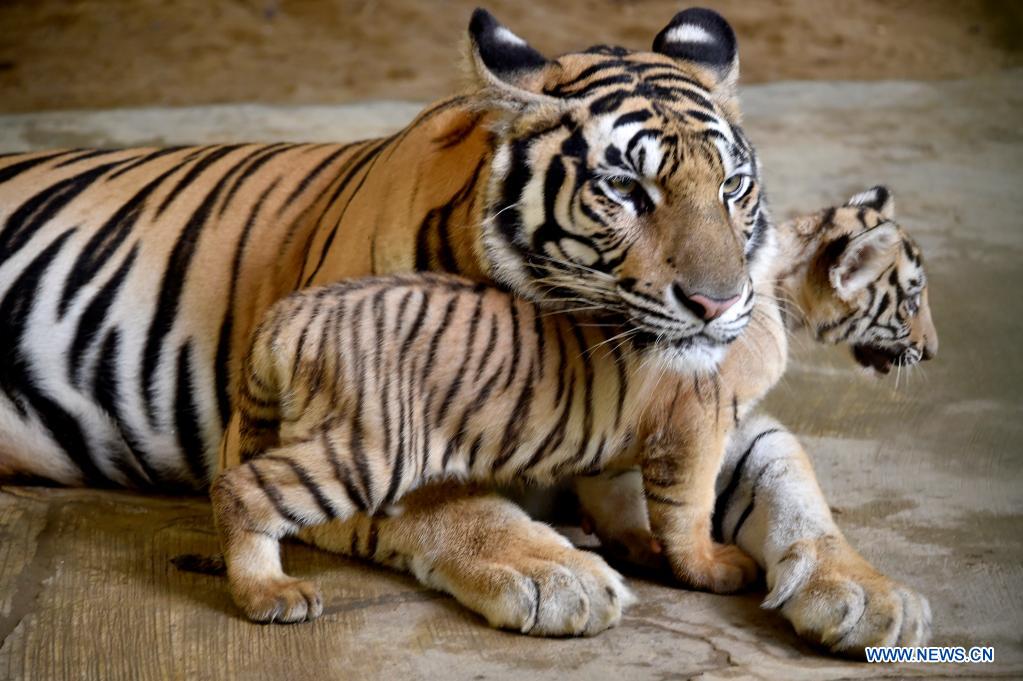

In the last 10 years, the population of tigers have more than doubled in number. Its a victory, in a battle to bring them back from the brink of extinction. One of the key factors of Nepal’s success is strong enforcement against poaching and that involves the military armed units to patrol across the park daily.
Nepalese Army Captain, Ayush Jung Bahadur Rana says, “Tigers are the majestic creatures and being assigned in the protection duty is an honor, its a privilage to be part of something that is really big.”
The forests where tigers are now being protected, used to be a Royal Hunting Ground, the land where people have always lived under the menace of marauding tigers.
When Queen Elizabeth visited Nepal in 1961, she also took part in a tiger hunt and along with that, King Mahendra had fulfilled a time-honored obligation as a host in Nepal and provided the Royal Party with a tiger to shoot.
As a result of hunting, poaching and habitat loss, there are less than 4000 tigers in the wild. But in Bardia National Park there are signs of remarkable recovery.
Hundreds of cameras are hidden as part of a nationwide tiger census. Bardiya National Park Ranger, Gagan Raut stated, “Just like fingerprints, all tigers have different stripes and that is how we distinguish them and count them. We have frequently seen tigers and their cubs rolling around.”
Conservationist, Manoj Gautam says, “It is definitely something to be celebrated, it does not come without the cost. The common area that the tigers and prey species and the humanity share is so tight. The community lives in terror. There is a price that the community has paid for the world to rejoice and with the news that successfully doubled its tiger numbers.”
Almost sixteen people have been killed by tigers in the last 12 months. When a tiger kills a human, they are tracked down and taken into captivity. There are seven tigers behind bars now.